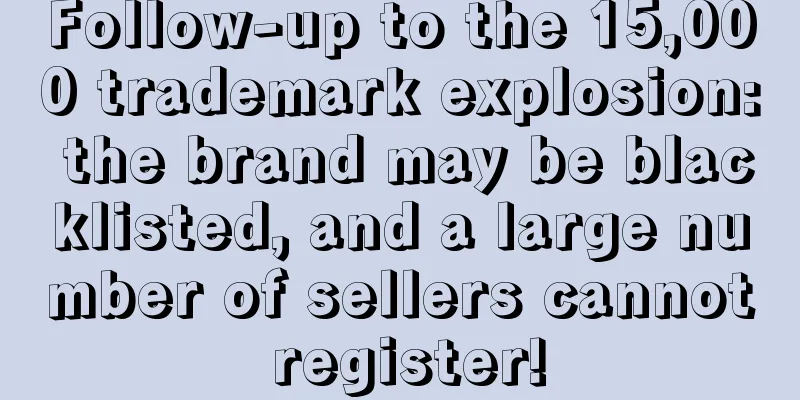In today's era of "traffic is king", all traffic has been clearly marked with a price. On the Amazon platform, sellers not only rely on natural search to bring in traffic, but also need to rely on paid advertising.
Obviously, natural traffic can no longer meet the growth needs of sellers. More sellers are using advertising bidding to obtain traffic, thereby improving conversion rates and achieving new sales growth. In order to obtain more traffic and increase product exposure, sellers are competing fiercely in advertising. Amazon has changed its advertising algorithm rules and related policies several times this year, and recently made corresponding adjustments to backend advertising spaces. It is learned that recently, when some sellers were checking advertisements in the Amazon backend, they found that the order of the product page and the rest of the search results had been reversed. More importantly, the rest of the search results could also be bid. ▲ The picture comes from Zhiwubuyan Previously, Amazon only allowed sellers to adjust bids for the two ad positions, "Top of search results (home page)" and "Product page". But now, the "Rest of search results" ad position has also added the bid adjustment function , which means that the advertising competition among sellers may be more intense. It is understood that "the rest of the search results" generally refers to the other ad positions on page 1 and the SP ad positions after page 1 in the search results page, except for the first 4 SP ad positions. Generally speaking, from the perspective of click-through rate and conversion rate, the click-through rate and conversion rate of Amazon's "top of search results (home page)" are the best. In terms of exposure, the "product page" is better. In addition, the ACOS on the "rest of the search results" will be better and more cost-effective. Sellers have different opinions on the newly added bidding positions for the remaining search results: "The conversion rates of the rest of the search results are the lowest. What's the point of adding a bid here? Is it a way to increase CPC?" “This means that the range of volumes has been expanded further, from the top ad volumes to the rest of the positions.” “There are more options for regulating advertising space, which is relatively more flexible and beneficial to operations.” “It may be more difficult to control ACOS in the future, and advertising costs will continue to rise.” Some industry insiders also analyzed that increasing the bidding price of other search results could change Amazon's existing traffic structure to a certain extent . Since the competition for ads at the top of the search results homepage is too fierce, many sellers may turn to other positions, but overall the bidding level of ads will also be increased. In addition, for some categories or new products that need more exposure, the bidding positions in the rest of the search results provide them with corresponding advantages, and they can promote them in the corresponding advertising positions to reduce the difficulty of promotion. It is understood that only some sellers have discovered this change in the background. At present, Amazon may still be in the testing stage, and it is not clear when it will be implemented on a large scale. However, many sellers believe that it is only a matter of time before Amazon fully promotes it. Advertising expenses are visibly burning, but sales are still sluggish. Many sellers said that sales were good only during the two days of the autumn promotion in October, and the rest of the time the data was bleak, with order volume falling by nearly 30% compared with the same period last year. Many sellers have said that the road to cross-border business overseas is becoming increasingly difficult, but Amazon does not completely ignore the feelings of sellers. In terms of traffic acquisition, Amazon has purposefully opened up its own traffic pool. Recently, some sellers reported that they can now see customer segments and potential users, and can also send coupons to potential users to stimulate sales growth. Many sellers realized it later and said that they just learned about the emergence of this function. But as early as August this year, Amazon launched brand customized promotions on its US site. Sellers can customize promotions for different groups of the brand. The following buyers (audiences) can get discounts: - Brand Followers: Followers who click to follow your brand on Amazon.
- Potential new buyers: buyers who have clicked on your brand and products or added to their cart but have not purchased in the past 12 months.
- Repeat buyers: Buyers who have ordered your brand products multiple times in the past 12 months.
- High Spending Buyers: Buyers who accounted for 5% of the spending on the seller’s products in the past 12 months.
- Recent Buyers: Buyers who have recently purchased 5% of products from the seller’s brand.
- Brand Cart Abandoners: Consumers who have added one or more of your brand products to their cart but have not purchased them in the past 3 months.
▲ The picture comes from Zhiwubuyan It is worth noting that recently, Amazon has imposed restrictions on the applicable groups for brand-customized promotions: each corresponding group must be larger than 1,000 people before promotions can be launched to them. In this regard, one seller said, "The greater the brand awareness, the better the effect of brand customized promotion will be. If the brand awareness is almost zero, it may not be effective." In fact, brand-customized promotions are purposefully targeted at these buyers (audiences), which not only allows a chance to regain the traffic that was once missed and expands the customer base, but also promotes repeat purchases and improves customer retention rates. In essence, it can be said that Amazon has purposefully opened up its own traffic pool, providing sellers with a free opportunity to remarket to their fans and past buyers. As for the launch of brand customized promotions, some sellers only realized it recently, and some sellers had already followed up when the brand customized promotions were launched, but the vast majority of sellers are in a wait-and-see state, waiting for feedback from other sellers. It is not difficult to see that with the continuous revisions and platform changes, many sellers have begun to treat every change with caution. What do sellers think about Amazon’s advertising changes and brand-customized promotions? Welcome to leave a message in the comment area to discuss.
|
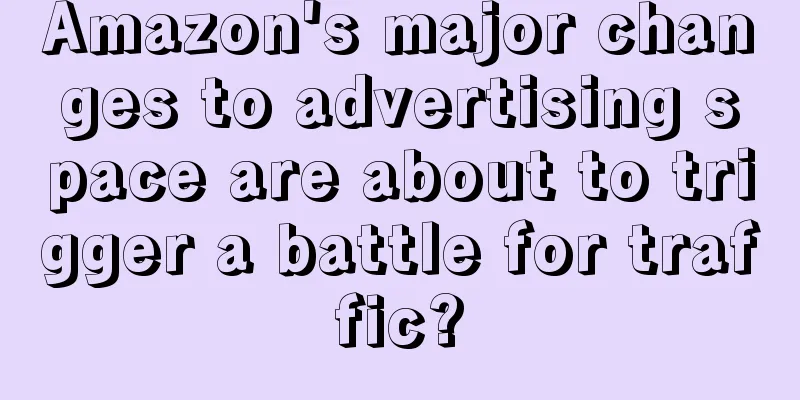
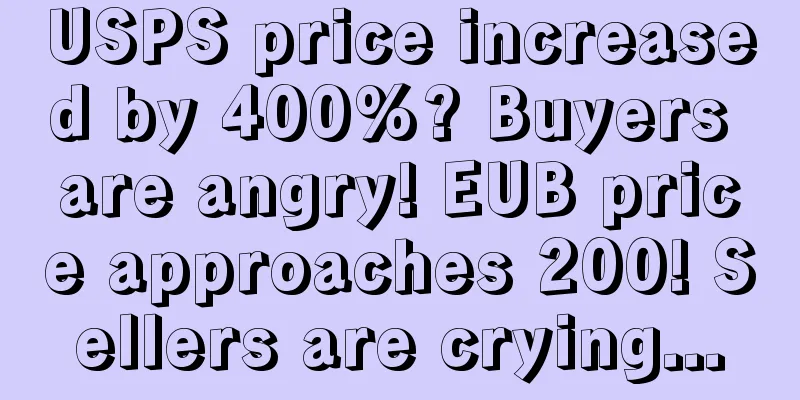

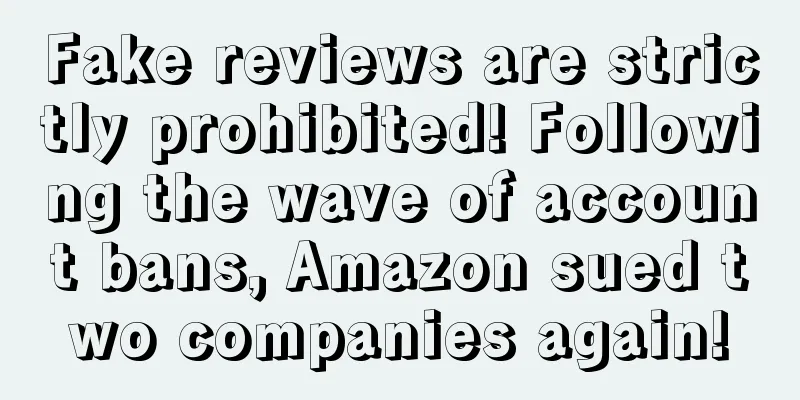
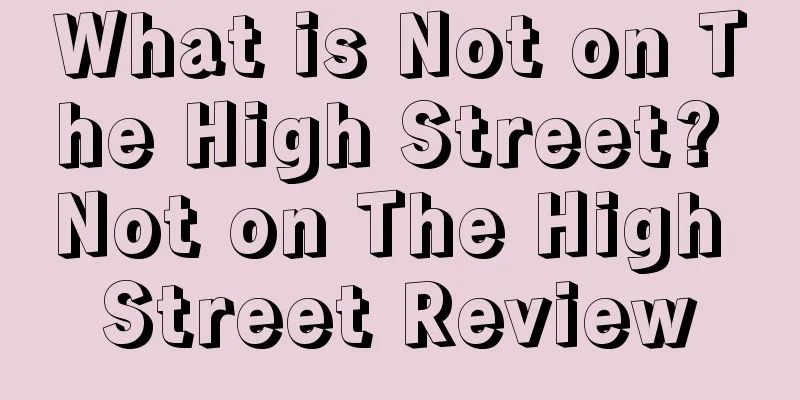


![[AMZ123 News] TikTok and Shopify announced that they will cooperate and the two parties have reached a global partnership](/upload/images/67e6ec77a2e5c.webp)
